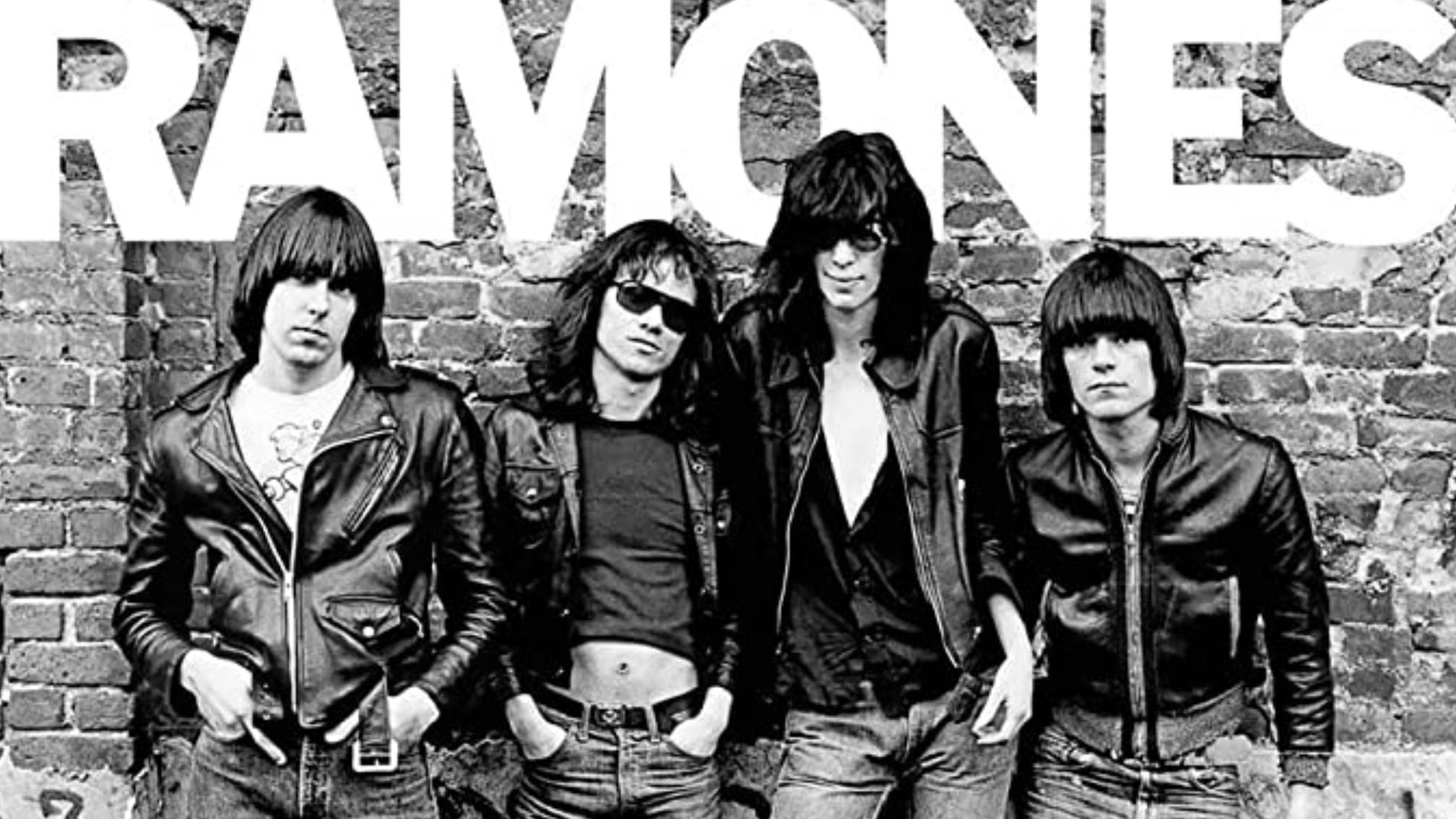When it comes to their albums, the received wisdom is that The Ramones effectively stretched out one idea across 17 studio releases, making the same record every time. In fact, nothing could be further from the truth.
Second album Leave Home, released in January 1977, is a progression from their debut, released eight months earlier. Rocket For Russia, their third released in November ’77, was what they viewed as their own high-watermark and moves their sound on further. Album number five, 1980’s End Of The Century, is undoubtedly their most polished offering, helmed by the maniacal producer Phil Spector – who allegedly held the band hostage at gunpoint during the sessions and who insisted Johnny Ramone record the opening block chord to Rock’n’Roll High School countless times. Meanwhile, latter period long-players like Subterranean Jungle (1983), Too Tough To Die (1984) and Animal Boy (1986) are also expansive and far too often overlooked.
The acrimony engulfed their later years and the passing of all four original members – Joey in 2001, Dee Dee in 2002, Johnny in 2004 and Tommy in 2014 – has done nothing to diminish the impact of the music they made together. To those of us that saw them pretty much every year when they toured, we remember the rush of adrenaline they created onstage. They never played for more than an hour and 15 minutes but that was always enough to leave you exhausted by the sheer velocity of their performance and, being honest, they never ever let you down.
In hindsight, it is easy to take The Ramones for granted because their attitude and their approach have simply become part of the fabric of modern music. And yet, back in ’77, Joey, Johnny, Tommy and Dee Dee changed pretty much everything all while managing to re-state the importance of rock’n’roll itself. Their version was accessible to everyone and while it boasted a deliberate cartoon quality, it was paradoxically based on the genuine personalities of band members themselves. While we enjoyed the pinhead culture The Ramones created, it was the realness and the vulnerability that we identified with.
“There’s nobody as good as The Ramones, never will be,” reflected Joey prior to his death, underlining the pride and self-belief that defined the band. He was not wrong, which is why The Ramones will be here to inspire us forever.
